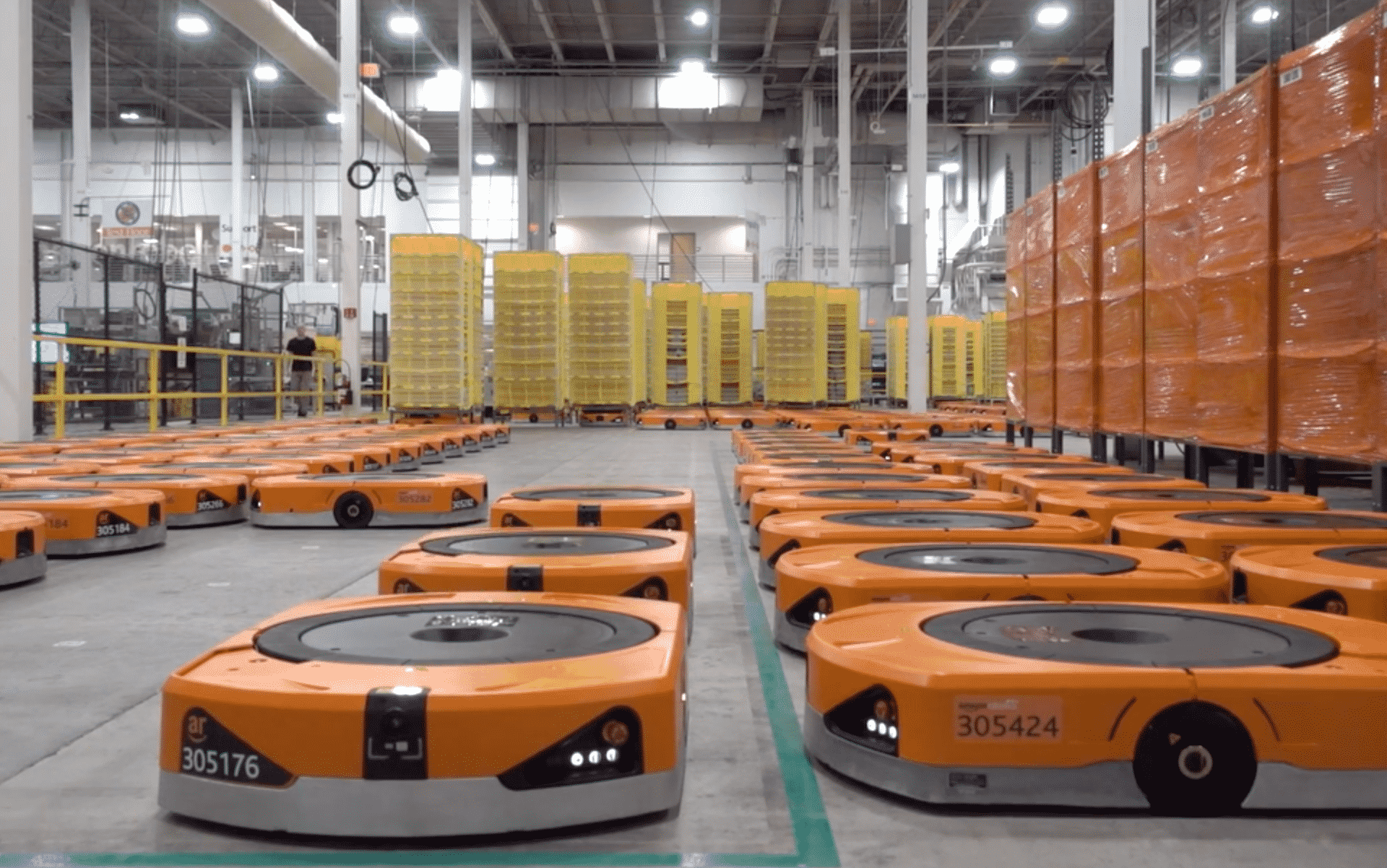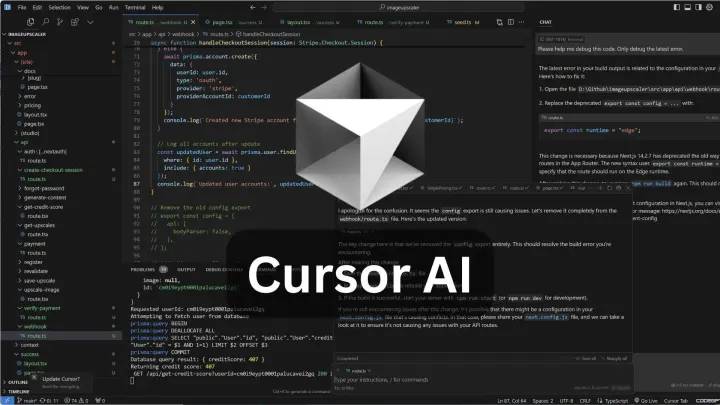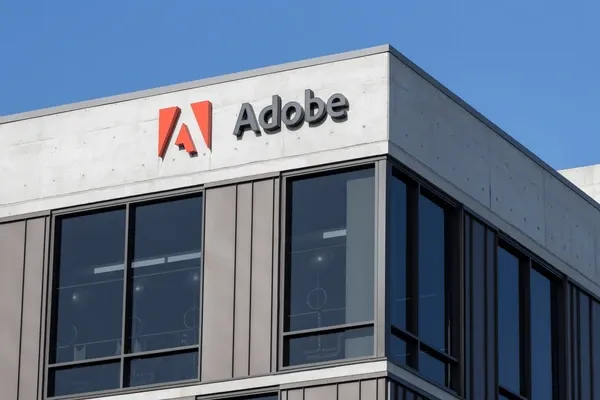Amazon’s New AI ‘DeepFleet’ Is Like Google Maps for Robots
DeepFleet functions like an intelligent traffic control system, coordinating thousands of robots.

Amazon unveiled DeepFleet, a new generative AI foundation model designed to optimise robot fleet navigation within fulfillment centers, enhancing travel efficiency by 10%.
DeepFleet functions like an intelligent traffic control system, coordinating thousands of robots to avoid congestion and improve delivery speed while cutting operational costs.
Amazon Robotics VP, Scott Dresser, emphasised that it's just one component of their evolving logistics strategy, powered by AWS SageMaker and extensive inventory movement data.
"Think of DeepFleet as an intelligent traffic management system for a city filled with cars moving through congested streets. Just as a smart traffic system could reduce wait times and create better routes for drivers, DeepFleet coordinates our robots' movements to optimize how they navigate our fulfillment centers. This means less congestion, more efficient paths, and faster processing of customer orders," he wrote in a blog post.
Simultaneously, the company also announced a major advancement in its robotics and AI capabilities, hitting the milestone of one million deployed robots across global operations.
The one millionth robot was introduced in a Japan fulfillment centre. Amazon now fields nearly as many robots as it does human staff—approximately 1.5 million employees—while robotic systems assist with 75% of global deliveries.
In parallel, Amazon continues to advance its Vulcan robot—its first machine endowed with tactile sensing—as well as other robotic innovations aimed at lifting heavy loads and automating repetitive tasks.
This initiative underscores Amazon’s mission to leverage AI-driven robotics to drive efficiency, lower costs, and complement its human workforce.
As automation scales further, Amazon maintains that these technological strides are designed to augment, not replace, employees—upskilling over 700,000 staff in AI and robotics roles since 2019.



Comments ()